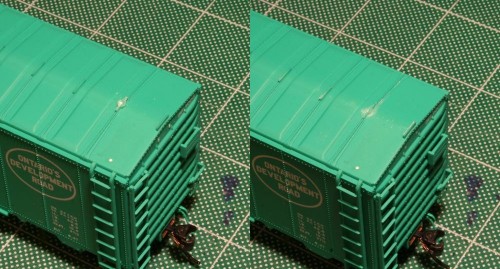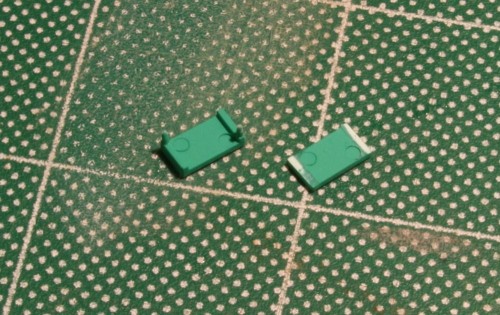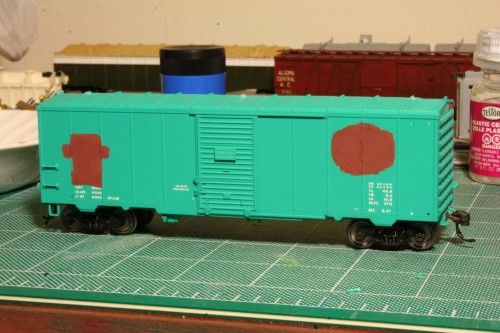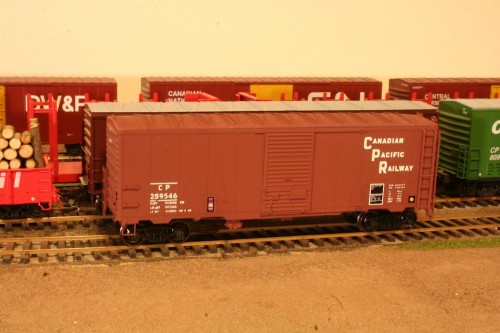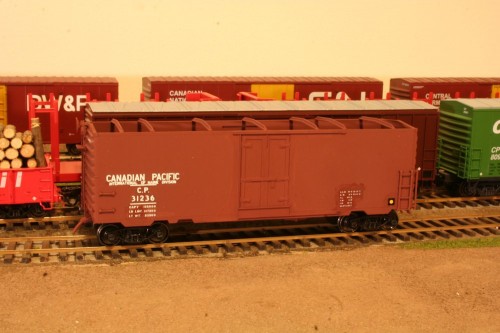This past weekend, on May 31-June 1, the Coalition for Algoma Passenger Trains, or CAPT, a local rail advocacy group organized an event to take a special round trip ride on the regular train to Hearst to commemorate the 100th anniversary of passenger service between Sault Ste. Marie and Hearst.
The Algoma Central Railway was chartered in 1899 to exploit natural resources; primary an iron ore discovery near what is today Wawa, and also forest products and other mining activities north of Sault Ste. Marie. The railway’s then parent company, the Lake Superior Company, would go on to create an industrial empire owning among other things a steel mill, a pulp and paper mill, a power company, two railways (the Algoma Central and the Manitoulin & North Shore Railway, later the Algoma Eastern, between Sudbury and Little Current) and several mining operations. While passenger operations existed on the ACR from the beginning, progress on construction of the railway was slow and due to a combination of factors the entire industrial empire came crashing down in 1903 with less than 70 miles of mainline track laid north of Sault Ste. Marie, plus the short section between Helen Mine and Michipicoten harbour, which at that point was isolated from the southern portion of the railway by almost 100 miles of pure wilderness.
Construction on the railway restarted around 1910. By 1912, the line had connected with the Michipicoten branch at Hawk Junction and with the Canadian Pacific main line at what is now Franz and by the end of 1913 service had officially began to the Canadian Northern connection at Oba. In 1914, the rails were completed to Hearst, where the ACR connected with the National Transcontinental Railway.
To mark this milestone, CAPT organized an event on the regular train to Hearst, and a large group of passengers made the round trip to Hearst over the weekend, plus other locals riding portions of the line to their camps and private cottages, and many other people were encouraged to meet the train at various points along the line to show their support.
I was not among those that rode, but some of the local media covered the event, and you can see a write up of the event beginning in Sault Ste. Marie that was published in the local Sault Star newspaper here:
Train to Hearst attracts diverse passengers en route through Algoma’s wilderness





